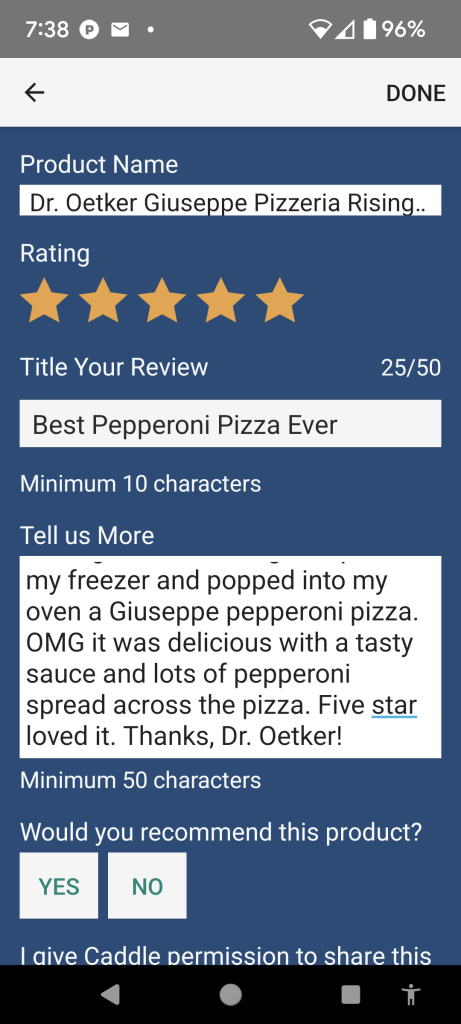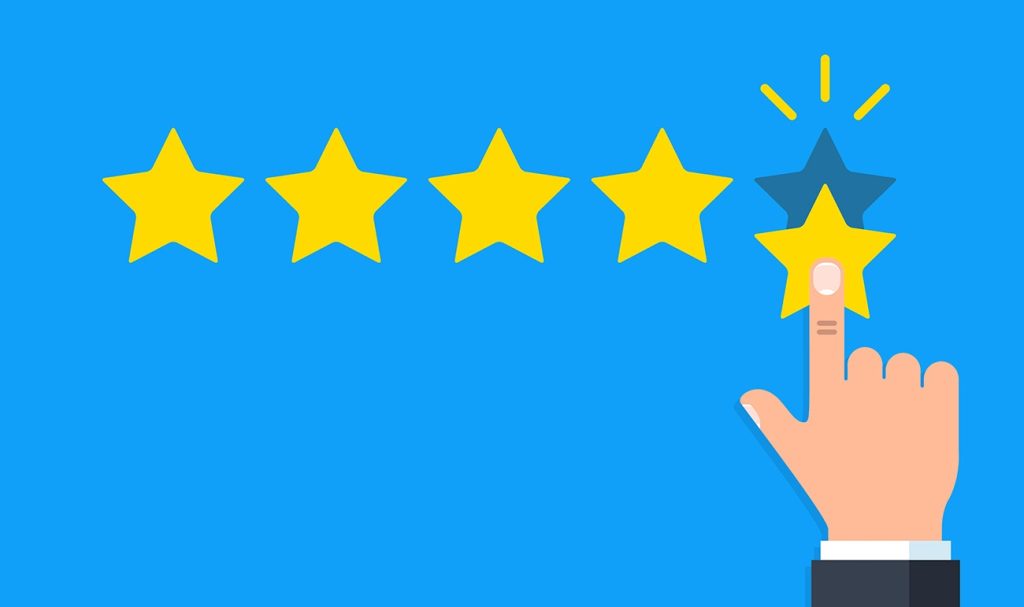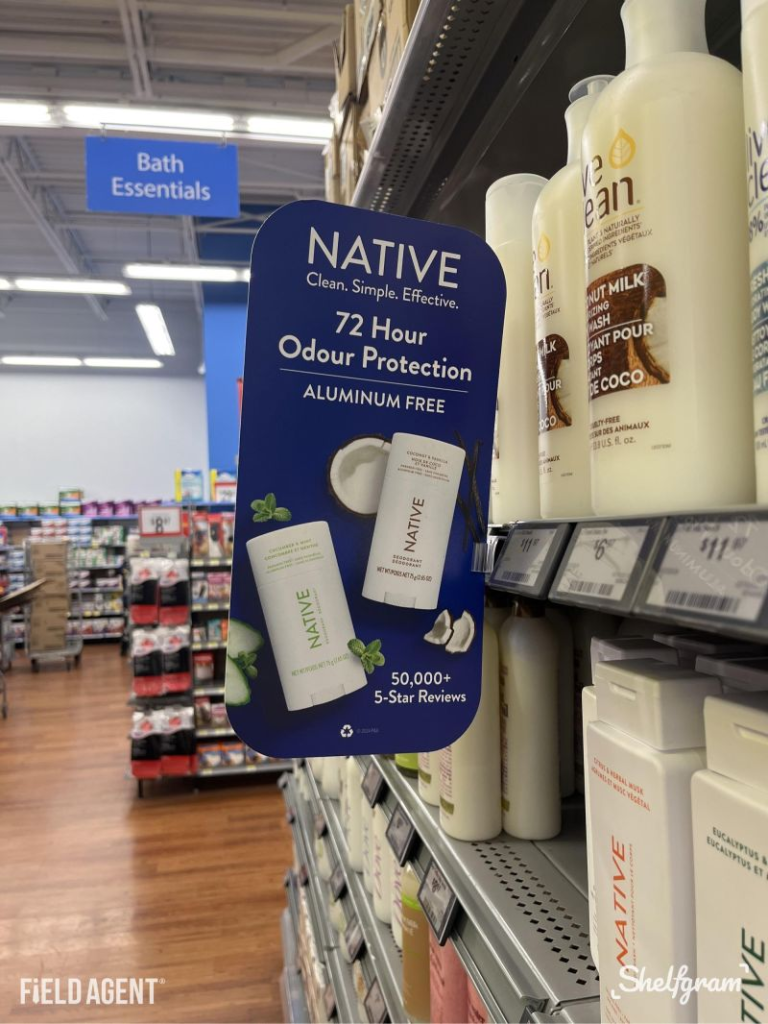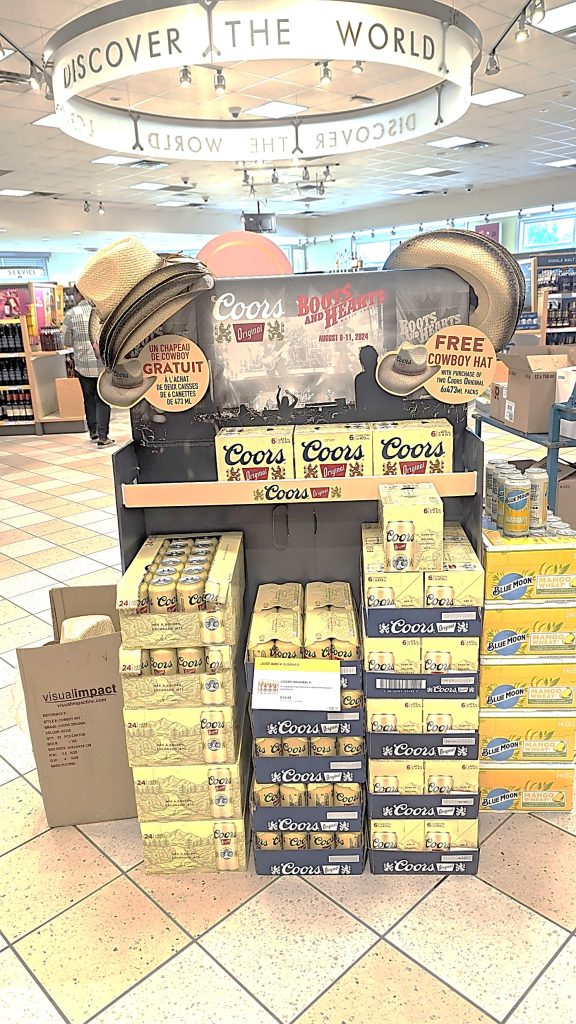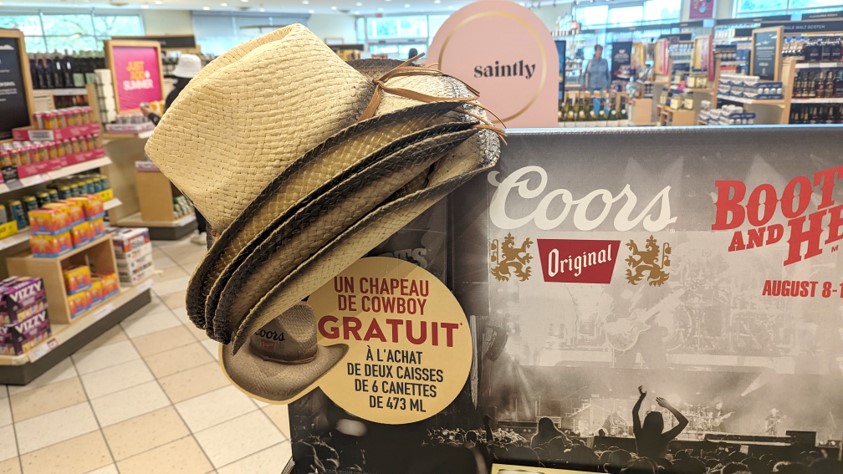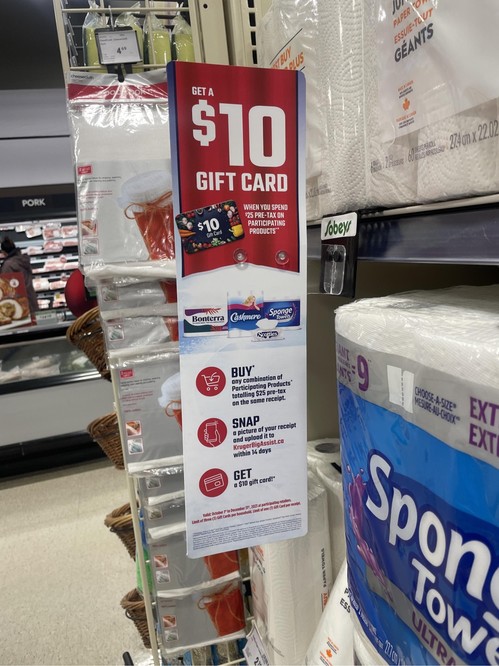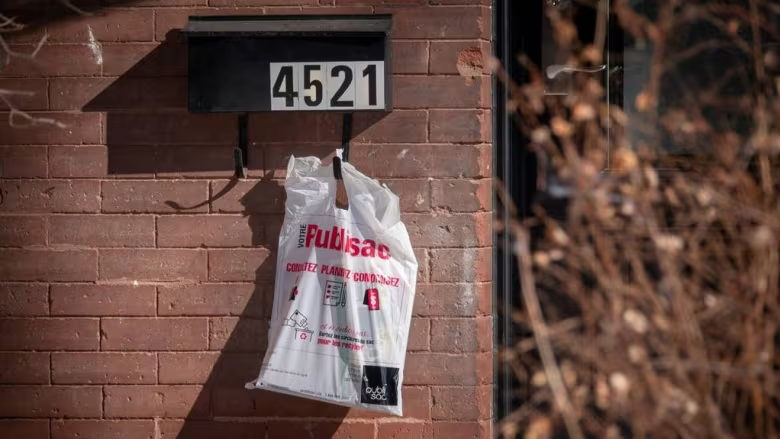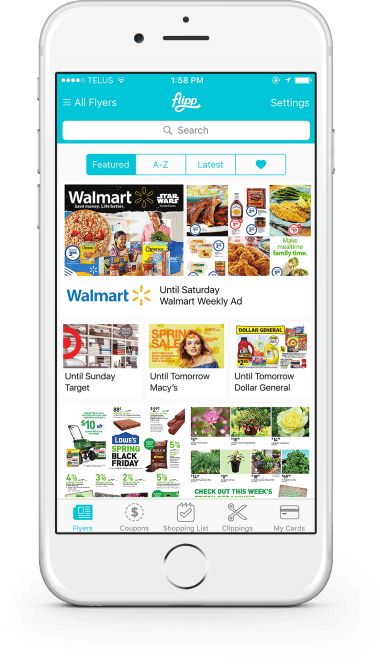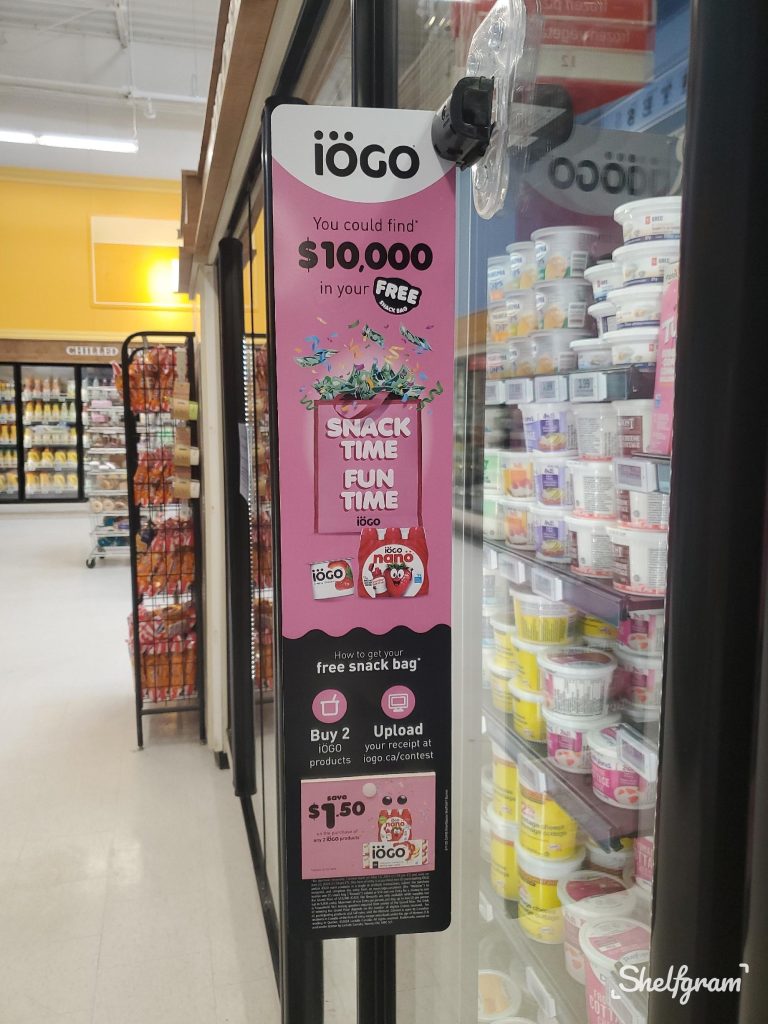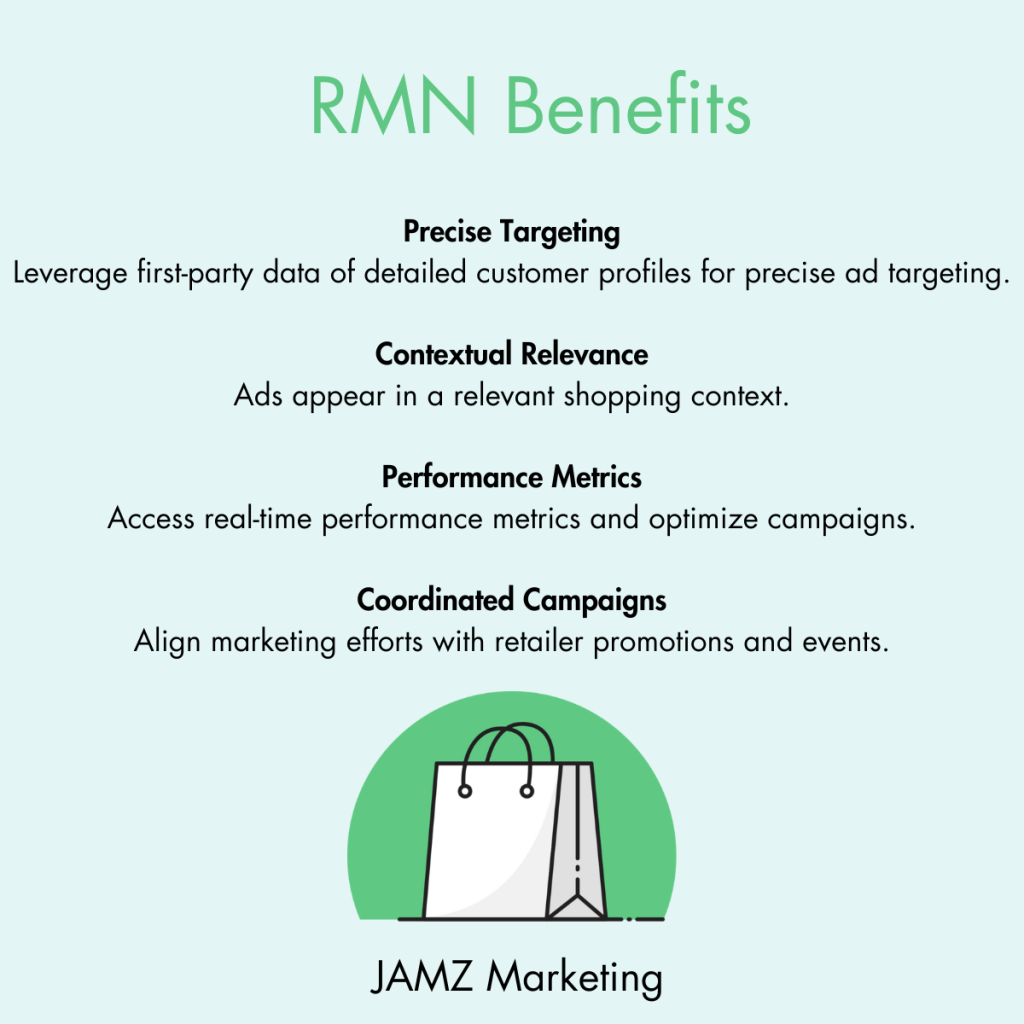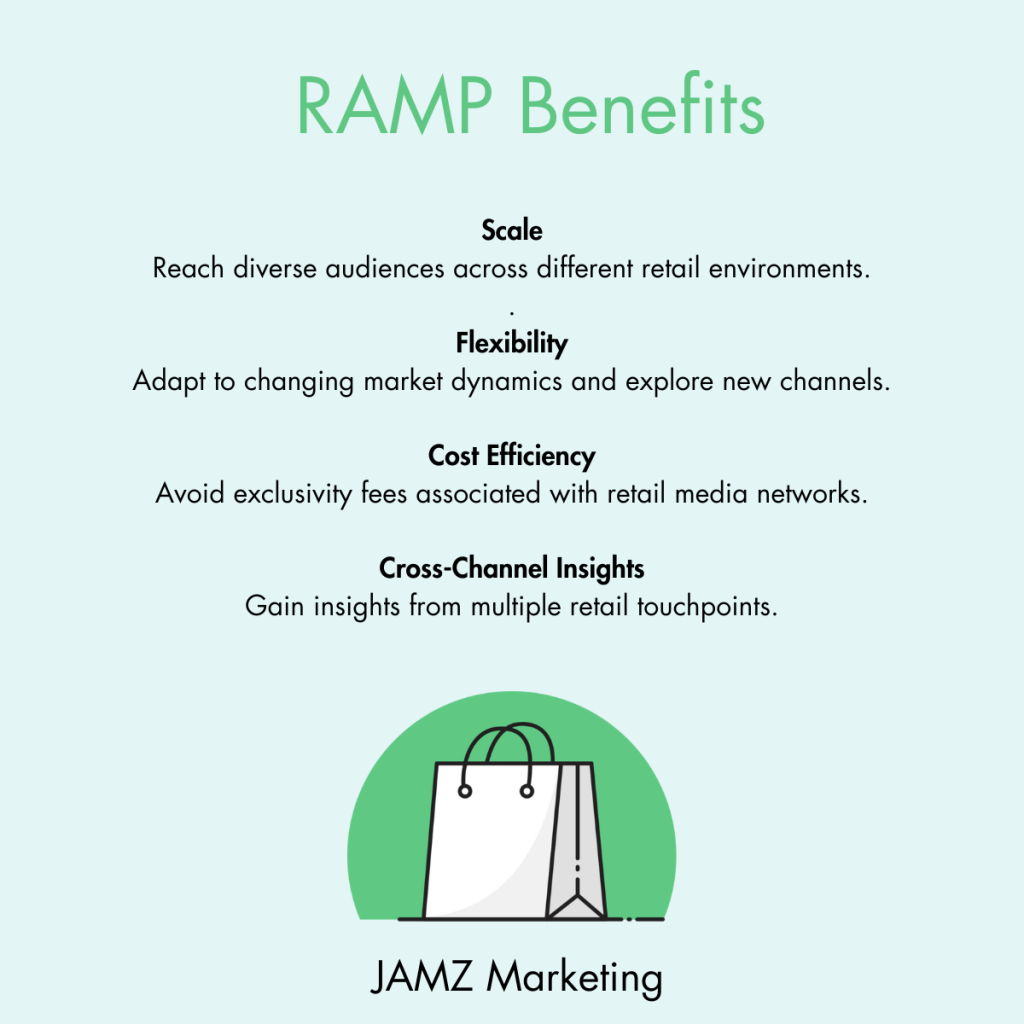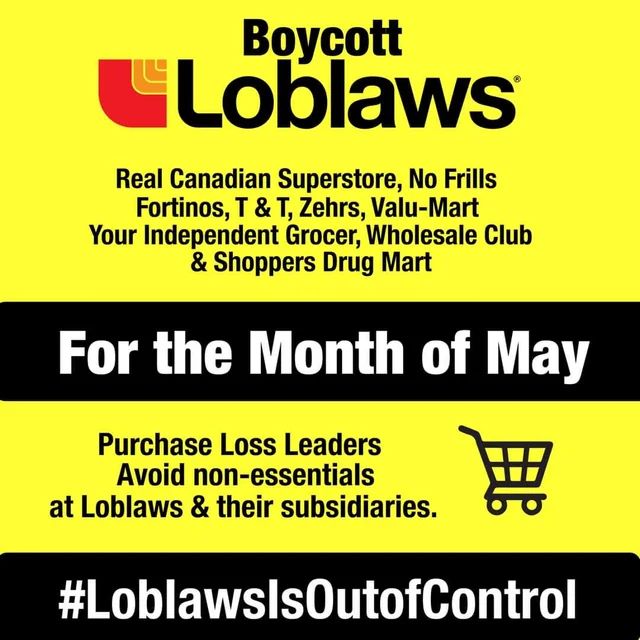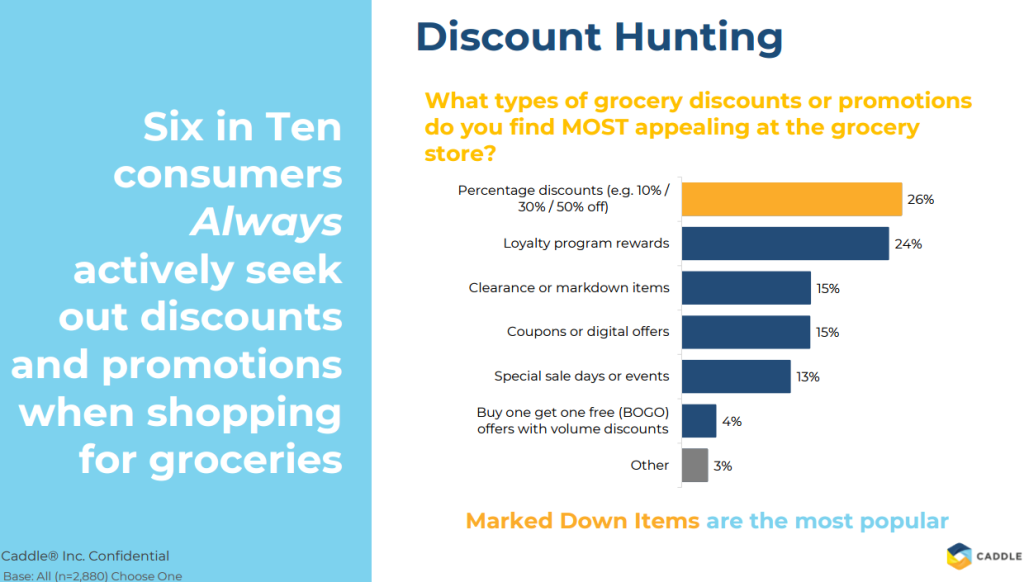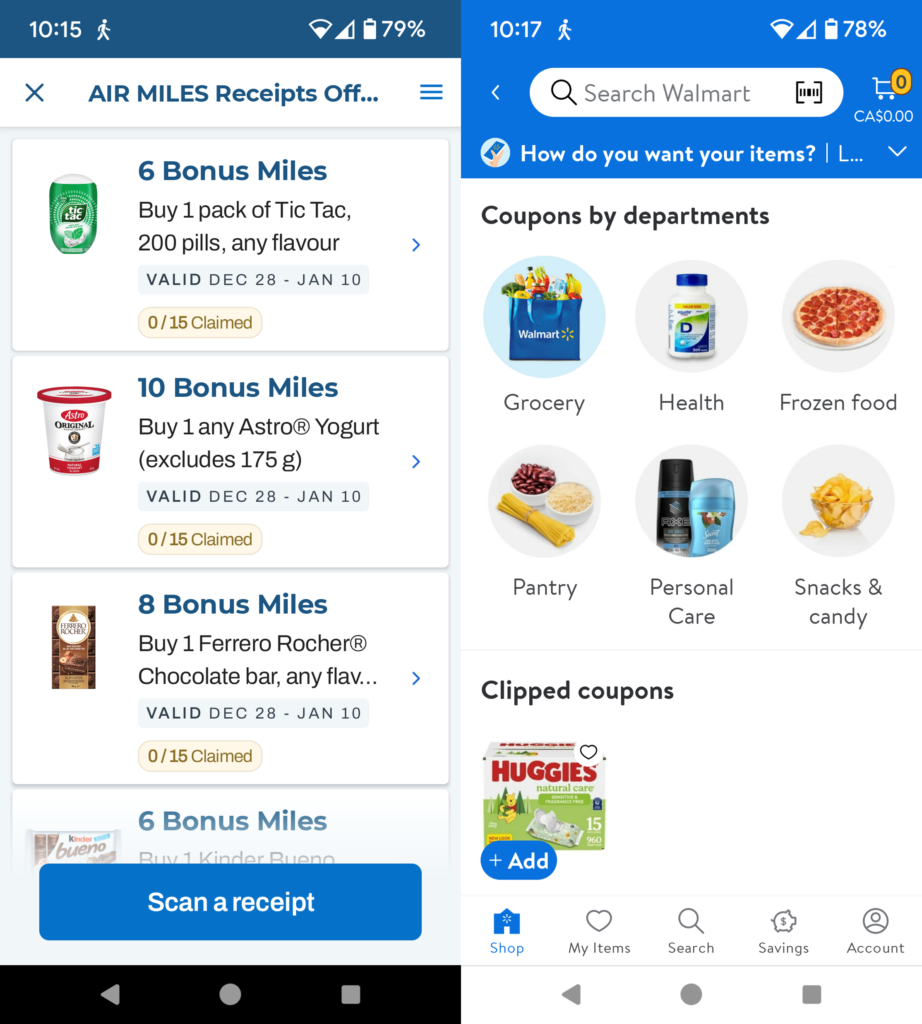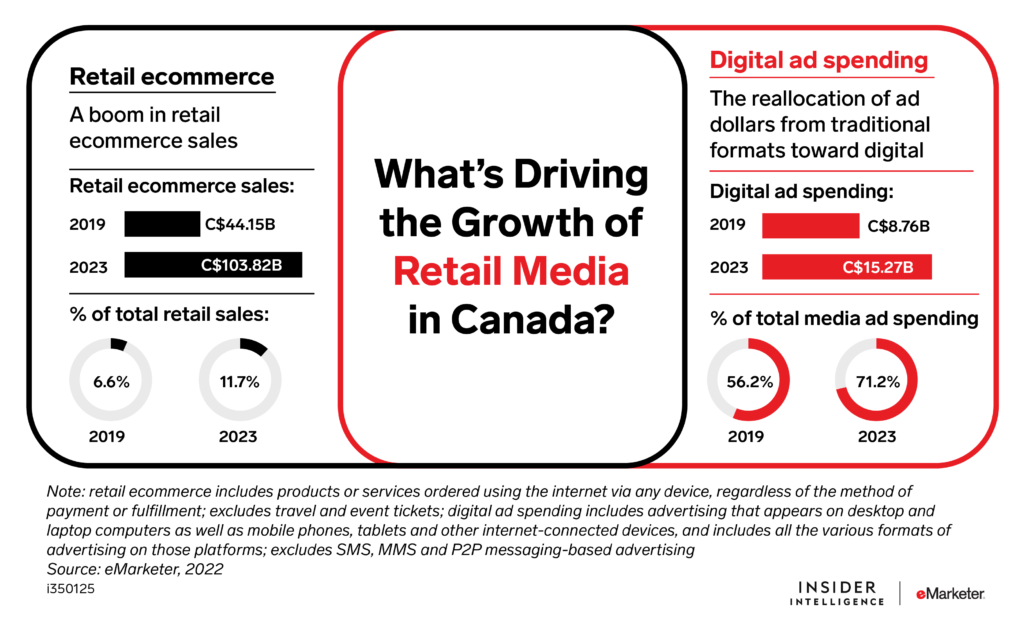Ratings and Reviews Increase Sales Conversion for CPGs
In today’s competitive marketplace, ratings and reviews have become an essential tool for CPGs to drive consideration and sales. Makes sense since consumers rank ratings and reviews as the #1 KEY CONSIDERATION WHEN MAKING PURCHASE DECISIONS. But there are a variety of ways brands can use ratings and reviews to their advantage.
Here is a list of the top 5:
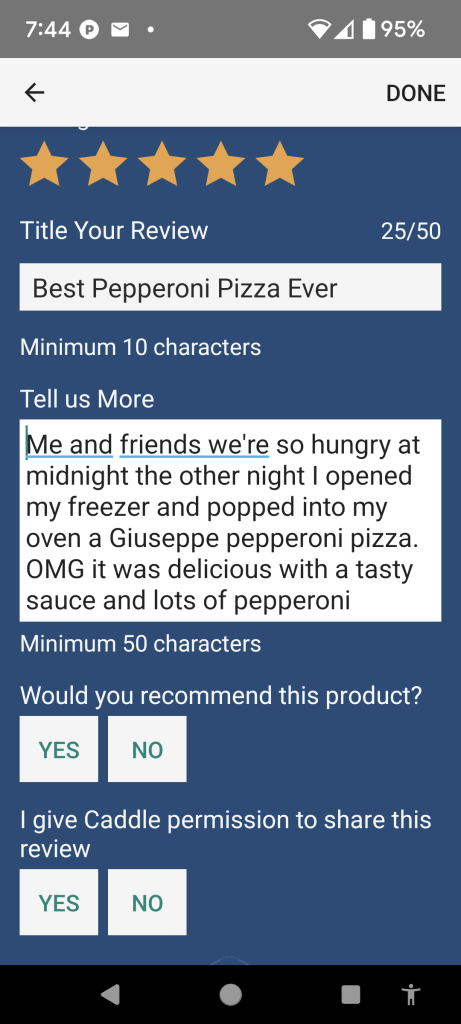
1. Building Trust and Credibility
Authenticity: Ratings and reviews from real customers provide authentic feedback, which builds trust. Potential buyers are more likely to trust a product with positive reviews from other consumers. This authenticity is crucial in an age where consumers are increasingly skeptical of traditional advertising.
Social Proof: Ratings and reviews help consumers see that others have had positive experiences with a product reassures potential customers, making them more confident in their purchase decision. Social proof is a powerful psychological phenomenon that can significantly influence buying behavior.
2. Influencing Purchase Decisions
Peer Recommendations: Consumers often rely on the opinions of others when making purchasing decisions. Positive ratings and reviews act as recommendations, encouraging others to buy. This peer influence is especially strong in categories like beauty and health products, where personal experiences are highly valued.
Detailed Insights: Ratings and reviews provide detailed insights into the product’s performance, helping potential buyers understand its benefits and drawbacks. This information can be crucial in the decision-making process, , as it allows consumers to make informed choices based on real-world usage.
3. Enhancing Product Visibility
SEO Benefits: Ratings and reviews contribute to SEO by providing fresh, user-generated content. This improves the product’s visibility in search engine results, attracting more potential buyers. Search engines favor content that is regularly updated and relevant, and reviews help achieve this.
Higher Click-Through Rates: Products with high ratings and reviews and numerous reviews are more likely to attract clicks from search engine results pages (SERPs), leading to increased traffic and potential sales. High click-through rates signal to search engines that the product is popular and relevant, further boosting its visibility.
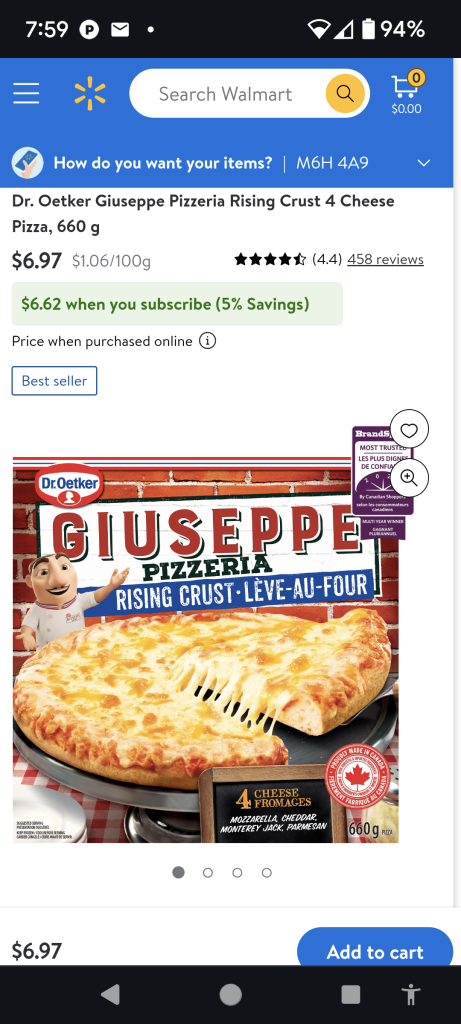
4. Reducing Purchase Anxiety
Addressing Concerns: Ratings and reviews often address common concerns and questions about the product. When potential buyers see that others have had positive experiences, it reduces their anxiety about making a purchase. This reassurance is particularly important for high-involvement purchases where the risk of dissatisfaction is perceived to be higher.
Transparency: Honest ratings and reviews, including both positive and negative feedback, provide transparency. This helps consumers feel more informed and confident in their decision. Transparency builds trust and can differentiate a brand in a crowded marketplace.
5. Encouraging Repeat Purchases
Customer Engagement: Engaging with reviewers by responding to their feedback fosters a sense of community and loyalty. Satisfied customers are more likely to become repeat buyers. This engagement shows that the brand values customer input and is committed to continuous improvement.
Product Improvement: Ratings and reviews provide valuable feedback that can be used to improve the product. Enhanced products lead to higher customer satisfaction and increased repeat purchases. By listening to customer feedback, brands can make data-driven decisions that enhance product quality and customer experience.
Here is an example:
Imagine a customer is considering buying a new skincare product. They read several positive ratings and reviews highlighting the product’s effectiveness and gentle ingredients. These reviews address their concerns about skin sensitivity and provide reassurance. Feeling confident, they decide to make the purchase. After a positive experience, they leave their own review, further boosting the product’s credibility and encouraging more sales.
In my opinion, ratings and reviews are powerful tools that help CPG brands build trust, influence purchase decisions, enhance visibility, reduce purchase anxiety, and encourage repeat purchases. By leveraging this feedback, brands can drive sales conversions and boost overall sales. 🚀
Ratings and Reviews Increase Sales Conversion for CPGs Read More »
